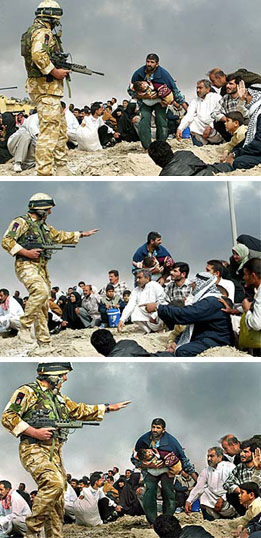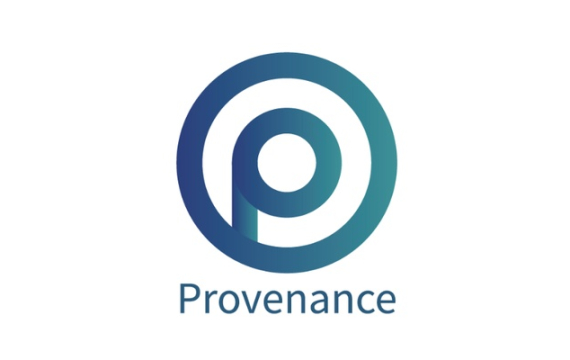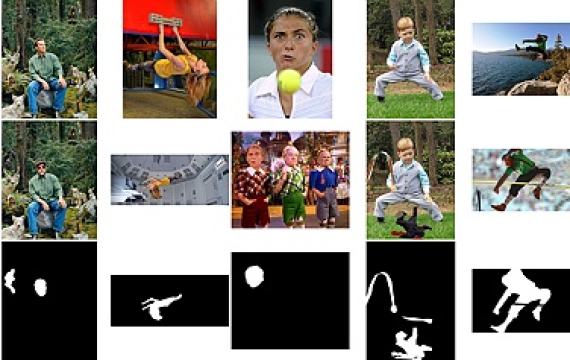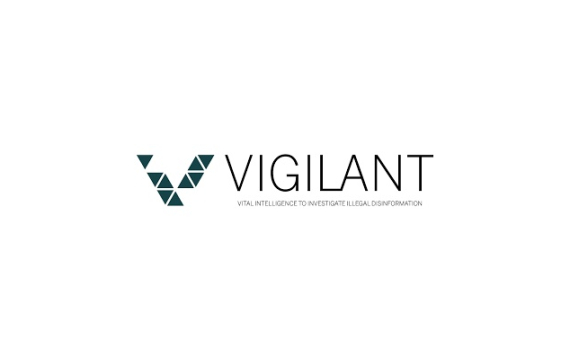MANY YEARS OF EXPERIENCE
Digital images are all around us
The trustworthiness of photographs has an essential role in many areas, including: forensic investigation, criminal investigation, surveillance systems, intelligence services, medical imaging, and journalism. The art of making image fakery has a long history. But, in today’s digital age, it is possible to very easily change the information represented by an image without leaving any obvious traces of tampering. Despite this, no system yet exists which accomplishes effectively and accurately the image tampering detection task.
The digital information revolution and issues concerned with multimedia security have also generated several approaches to digital forensics and tampering detection. Generally, these approaches could be divided into active and passive–blind approaches. The area of active methods simply can be divided into the data hiding approach (e.g., watermarks) and the digital signature approach. We focus on blind methods, as they are regarded as a new direction and in contrast to active methods, they work in absence of any protecting techniques and without using any prior information about the image. To detect the traces of tampering, blind methods use the image function and the fact that forgeries can bring into the image specific detectable changes (e.g., statistical changes).
When digital watermarks or signatures are not available, the blind approach is the only way how to make the decision about the trustworthiness of the investigated image. Image forensics is a burgeoning research field and promise a significant improvement in forgery detection in the never–ending competition between image forgery creators and image forgery detectors.

Detecting traces of resampling
The knowledge of whether the given image or some of its portions have been resampled can play an essential role in many fields, especially in image forensics. When two or more images are spliced together, to create high quality and consistent image forgeries, almost always geometric transformations such as scaling, rotation or skewing are needed. Geometric transformations typically require a resampling and...
Detecting near–duplicated image regions
In this work we focused on detecting a common type of digital image forgery, called copy-move forgery. In copy-move forgery, a part of the image is copied and pasted into another part of the same image, with the intention to hide an object or a region of the image. Duplicated regions may not always match exactly. This could be caused by a lossy compression algorithm, such as JPEG, or by ...
Noise inconsistencies analysis
A commonly used tool to conceal traces of tampering is the addition of locally random noise to the altered image regions. The noise degradation is the main cause of failure of many active or passive image forgery detection methods. Adding locally random noise may cause inconsistencies in the image’s noise. Therefore, the detection of various noise levels in an image may signify tampering. In this work, we proposed a m...
Application of cyclostationarity analysis to image forensics
The term cyclostationarity refers to a special class of signals which exhibit periodicity in their statistics. In this work, we focused on geometrical transformations and showed that images that have undergone such transformations contain hidden cyclostationary features. This justifies employing the well–developed theory of cyclostationarity and its efficient methods for analyzing images' history in respect to geometrical transformations.
OUR TOP HIGHLIGHTS FOR THIS FIELD

PROVENANCE
Program: H2020-EU.2.1.1. : 825227
Duration: 2022 - 2...





